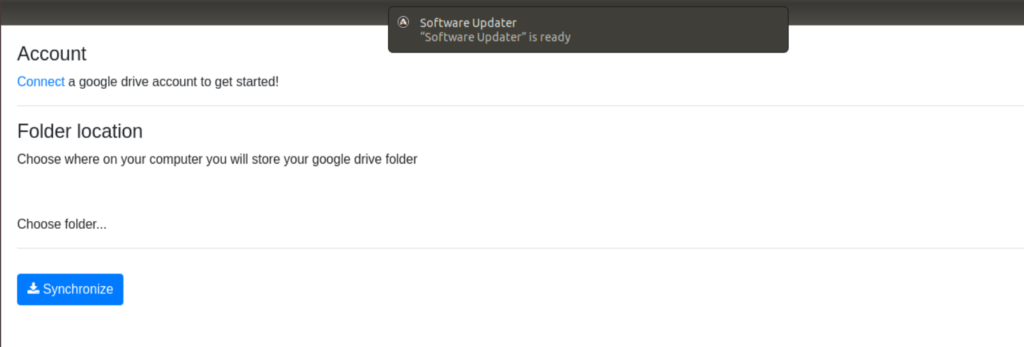Although it’s an unofficial client, it is simple to use and performs all the necessary functions that you may need to sync your files and data. It is an open-source software, which means that you can look at its source code and examine it, in addition to this ODrive is also available for Windows and macOS so you can test it on all platforms if you like.
Now there are multiple ways to install ODrive in your Ubuntu.
Method 1: Using .deb file
For most new users this is the safest way to install any software on Ubuntu. It is similar to the way software is installed in Windows, so this method gives the user a sense of similarity and helps them transition better into the Linux environment.
Download the .deb file. You can download the latest version from this link. Find the latest stable version and download the .deb file.

 Now that you have the .deb file go to its location and right-click on the download file and click Open With Software Install
Now that you have the .deb file go to its location and right-click on the download file and click Open With Software Install
This will open Ubuntu Software Center. Click install to start the installation. Before proceeding Ubuntu will ask you to enter your account password for authentication. Enter it to proceed.
Method 2: Using Snap Packages
Installing ODrive using .deb file is a lot easy and very beginner-friendly, but this graphical method may not be for everyone. You can also install using Snap packages. Snap packages are the universal packages that can be installed on all the Linux distros.
Before snaps and other general packages like flatpaks, this was not the case; an example can clear this. Suppose a software A was developed for Mint Linux but a Ubuntu user wanted to install this software.
The only way he would be able to do so would be by making changes in the source code, and not everyone can do this. Therefore, snaps and flatpaks were introduced. Now using these packages, a user can install software developed for Mint on Mint Linux distro. To install ODrive using the snap package, go to the terminal and type the following command.
Now type the following command.
This will install ODrive on your Ubuntu.
Method 3: Using AppImage
AppImage is another general package that can install the software on all the Linux distro. It is a step above snap packages and flatpaks. The crazy thing about is it doesn’t need extraction or installation. It also doesn’t require root permission, as there is no installation. To run the app, you just must make it executable. If you want to uninstall the software, just delete the file. AppImage can be compared to an exe file on Windows which can run the apps without installation. There is one downside to this, though, which is that AppImage takes a lot of space. To download the app image, go to this link. Find the latest stable version and download the AppImage. To make the AppImage executable follow the following two steps.
After it has finished downloading, right-click on the AppImage & go to properties.
Go to properties, then under the Permissions tab, tick the execute box that says Allow executing file as a program.
Using ODrive:
Once you have installed ODrive, launch the app. As this is your first time opening the app, you will be required to configure and authenticate your Google drive. Click next to proceed.
ODrive will access your google account. Here you will be asked to sign in to your google account. Also, you will have to specify the local folder that will be used for synchronization. Click connect and sign in to your google account. Once you have completed all the above tasks, click synchronize. Your Google Drive content will immediately start syncing. Any future changes in your google drive folder will be visible in this local folder.
Conclusion
There are a lot of perks to Ubuntu, but there are some difficulties like no google drive for Linux. But these are made up by Ubuntu as it has a large community. There are multiple ways to install ODrive; it all depends on your taste. Once installed, it is straightforward to configure(almost takes two steps). After this, you are good to go. All your existing files in google drive are synchronized, and any future changes in your google drive are automatically synchronized.
from Linux Hint https://ift.tt/2V1xuls












0 Comments